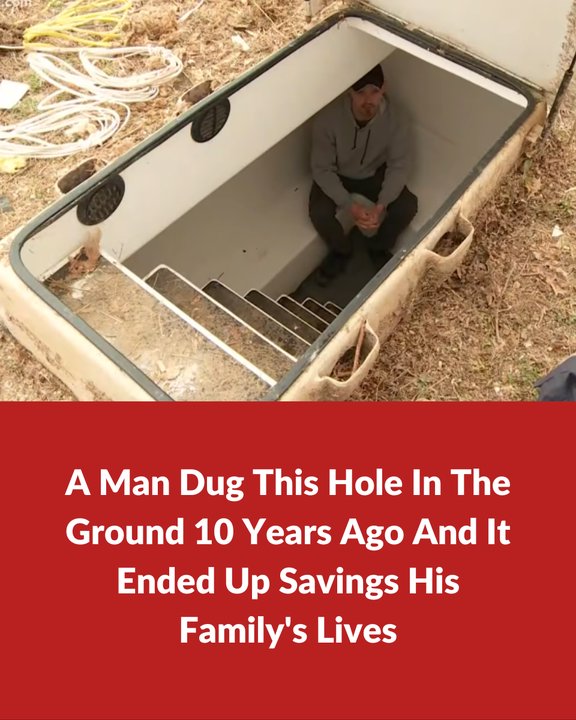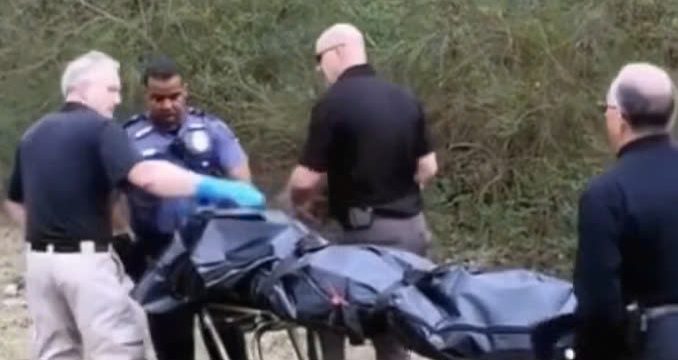Natural disasters are an unfortunate reality no matter where you live. From earthquakes and floods to hurricanes and tornadoes, emergencies can strike with little warning, and being prepared is essential. While you can’t predict exactly when or where disaster will hit, having a plan in place—and a safe place to take shelter—can make all the difference.

Tornadoes, in particular, are incredibly destructive, capable of tearing through neighborhoods and leaving nothing but debris in their wake. When a tornado is approaching, the last place you want to be is inside a regular house without any kind of underground protection. Homes without basements are especially vulnerable, and not every household has the option to evacuate in time. This was the situation Gage Evans found himself in one weekend while staying with his dad, Jordan Evans. As a fierce storm approached their town, Gage became concerned about his mom, knowing her home didn’t have a basement. He urged his dad that they needed to check on her.
What they discovered was a life-saving decision made years earlier. Gage’s mom and stepdad, Justin Pointer, had installed a prefabricated underground bunker in the backyard nearly a decade ago. When the tornado sirens went off, Justin quickly gathered the entire family—including the dogs—and ushered them into the bunker. Though it was a tight space, it provided the protection they needed to survive the storm safely. Stories like this one highlight just how valuable it can be to invest in an underground storm shelter. Prefab bunkers are widely available and can be purchased online in a variety of sizes to suit different family needs. Whether you’re a household of four or a large extended family, there’s a shelter model that fits. Many of these units cost less than $10,000, a relatively modest investment when you consider that it could one day save your life.
Some models can even hold up to 20 people, making them ideal for both families and small community groups. These shelters typically come with basic, yet critical features. Most include a door that’s easy to operate but can be fully sealed to keep out wind, rain, and flying debris. The structure is installed below ground, usually in a backyard or open space near the house, offering immediate access in an emergency.
The advantage of a prefab shelter is that it doesn’t require major construction and can be installed relatively quickly, giving homeowners peace of mind knowing they’re better prepared for the worst. In many parts of the country where tornadoes are a recurring threat—like the Midwest or Southern states—having an underground bunker is almost considered a necessity rather than a luxury. It’s not just about weathering one storm; it’s about building long-term resilience and knowing that your family has a safe place to go when disaster strikes.
But storm shelters aren’t just useful for tornadoes. In regions prone to hurricanes or severe thunderstorms, they can also serve as secure spaces for riding out high winds, heavy rains, or even brief power outages. Ultimately, the key takeaway is the importance of being proactive rather than reactive. Justin Pointer’s decision to install that bunker ten years ago might have seemed excessive to some at the time, but when the storm came, it proved to be a life-saving choice. His foresight protected not only himself but also his loved ones—and even the family pets. These kinds of real-life examples remind us that preparing for the unexpected is never wasted effort.
Whether it’s a hole in the ground or a more elaborate emergency plan, taking steps now could mean the difference between tragedy and survival later. So, what’s the most common natural disaster in your area? And if a tornado or storm hit tomorrow, would you have a safe place to go? An underground bunker like the one in this story might just be one of the smartest investments you could make for your family’s safety.





